Navigating the vast expanse of Nigeria’s logistics and transportation industry requires robust solutions that can meet diverse hauling demands. Among these, the low bed truck stands out as a versatile heavy-duty vehicle designed for transporting oversized and heavy loads. If you’re in search of a low bed truck for sale in Nigeria, understanding the capabilities, specifications, and advantages can significantly streamline your purchasing decision.
What is a Low Bed Truck?
A low bed truck, often referred to as a low loader, is designed with a lower deck height compared to traditional flatbed trucks. This unique design facilitates the transportation of heavy machinery, construction equipment, and large industrial components that require stable support during transit.
Key Features of Low Bed Trucks
| Feature | Description |
|---|---|
| Low Deck Height | Provides a lower center of gravity for better stability. |
| Heavy Payload Capacity | Capable of carrying loads exceeding standard truck limits. |
| Versatile Axle Configurations | Available in various axle configurations to suit different weight distributions. |
| Ramps | Allows for easy loading and unloading of equipment. |
| Robust Construction | Built with high-strength materials to withstand demanding conditions. |

Why Choose a Low Bed Truck?
1. Enhanced Load Stability
The low profile of the truck significantly reduces the risk of toppling over, especially when navigating sharp turns or uneven terrain. This is crucial for transporting equipment that requires secure and stable handling.
2. Compliance with Height Regulations
In regions with strict transportation regulations concerning vehicle height, low bed trucks offer a viable solution. They adhere to legal height restrictions while accommodating oversized cargo.

3. Increased Accessibility
With their ramps and lower deck, low bed trucks allow for more accessible loading of equipment that may otherwise be problematic to transport. This feature is particularly beneficial for construction companies and heavy equipment dealers.
Considerations When Buying a Low Bed Truck in Nigeria
When contemplating the purchase of a low bed truck for sale in Nigeria, it’s essential to evaluate several factors:
1. Load Capacity
The first consideration should be the intended load capacity. Low bed trucks come with varying payload limits, typically ranging from 20 tons to over 80 tons, depending on the model. Assessing your load requirements will guide you in selecting the appropriate truck.

2. Legal Regulations
Understanding the legal framework governing transportation in Nigeria is crucial. Nigeria has specific laws regulating vehicle dimensions and load capacities; ensuring compliance is key to avoiding fines and legal issues.
3. Terrain Considerations
The rugged Nigerian terrain can pose challenges for transportation. It’s imperative to select a low bed truck that can handle these conditions. Consider investing in trucks equipped with heavy-duty tires and suspension systems designed for off-road capabilities.
4. Manufacturer Reputation
Choosing a reputable manufacturer, such as CarMax Vehicle, ensures you receive a quality product backed by reliable service. Experienced manufacturers often offer warranties and after-sales support, crucial for maintaining your vehicle.

Buying Process of Low Bed Trucks in Nigeria
Step 1: Research and Selection
Begin by researching various models and their specifications. Consider factors such as load capacity, dimensions, axle configuration, and material quality. Create a shortlist of potential trucks.
Step 2: Evaluate Financing Options
Acquiring a low bed truck can involve considerable financial investment. Explore financing options, such as loans or leasing, to manage the cost effectively. Additionally, consider the long-term return on investment when evaluating the purchase.

Step 3: Visit Dealer Showrooms
Once you have a shortlist, visit dealer showrooms to inspect the trucks physically. Pay attention to the build quality, features, and available inspection documents.
Step 4: Negotiate Terms
As is common in the automotive trade, negotiation is crucial. Discuss pricing, warranty coverage, and service agreements to ensure you receive a fair deal.
Step 5: Finalize Purchase and Take Delivery
After negotiating the terms of sale, finalize the purchase and arrange for delivery. Ensure that all necessary documentation, including registration and insurance, is completed before the vehicle is put into service.

Understanding the Costs Involved
Understanding the total cost of ownership (TCO) is vital for budgeting effectively. The expenses associated with a low bed truck extend beyond the initial purchase price and include:
| Cost Component | Description |
|---|---|
| Purchase Price | The initial cost of the truck. |
| Insurance | Coverage for the vehicle against damages and liabilities. |
| Maintenance and Repairs | Ongoing costs for maintaining the truck’s condition. |
| Fuel Expenses | Regular fuel costs based on operational use. |
| Licensing and Registration Fees | Government-imposed fees required to operate the vehicle legally. |
Low Bed Truck Alternatives
For some applications, alternative vehicle types may be more suitable depending on specific operational needs. Here are a few options:
1. Flatbed Trucks
These vehicles offer a flat loading area but have higher decks and may not be suitable for extremely heavy or oversized loads.

2. Drop Deck Trailers
Similar to low bed trucks but often more flexible in terms of load types, drop deck trailers have a section that drops to a lower height.
3. Step Deck Trailers
Step deck trailers provide a lower deck at the back while maintaining a standard height at the front, allowing for the transport of taller loads compared to standard flatbeds.
FAQs

Q1: What Engine Specifications Should I Look For in a Low Bed Truck?
A: Look for trucks with robust engine options, typically from reliable brands that offer at least 250-500 horsepower. Additionally, pay attention to fuel efficiency, which can significantly affect operational costs.
Q2: How Often Should I Service My Low Bed Truck?
A: Regular maintenance is essential. It’s advisable to follow the manufacturer’s service schedule, typically every 5,000 to 15,000 kilometers, depending on usage.
Q3: Can I Use a Low Bed Truck for Standard Deliveries?
A: While low bed trucks are designed for heavy and oversized loads, they can double as standard delivery trucks. However, consider the cost-effectiveness of using them for lighter loads.

Q4: Are There Financing Options Available for Purchasing a Low Bed Truck in Nigeria?
A: Yes, several banks and financial institutions in Nigeria offer loans and leasing options specifically designed for heavy-duty vehicles, including low bed trucks.
Conclusion
Investing in a low bed truck can provide significant advantages for businesses involved in transportation and logistics in Nigeria. With careful consideration of specifications, legal compliance, and manufacturer reputations like CarMax Vehicle, you can make an informed choice that enhances your operational capabilities. By understanding the value these trucks bring and following a structured purchasing process, you can efficiently navigate the competitive landscape of heavy vehicle ownership in Nigeria.


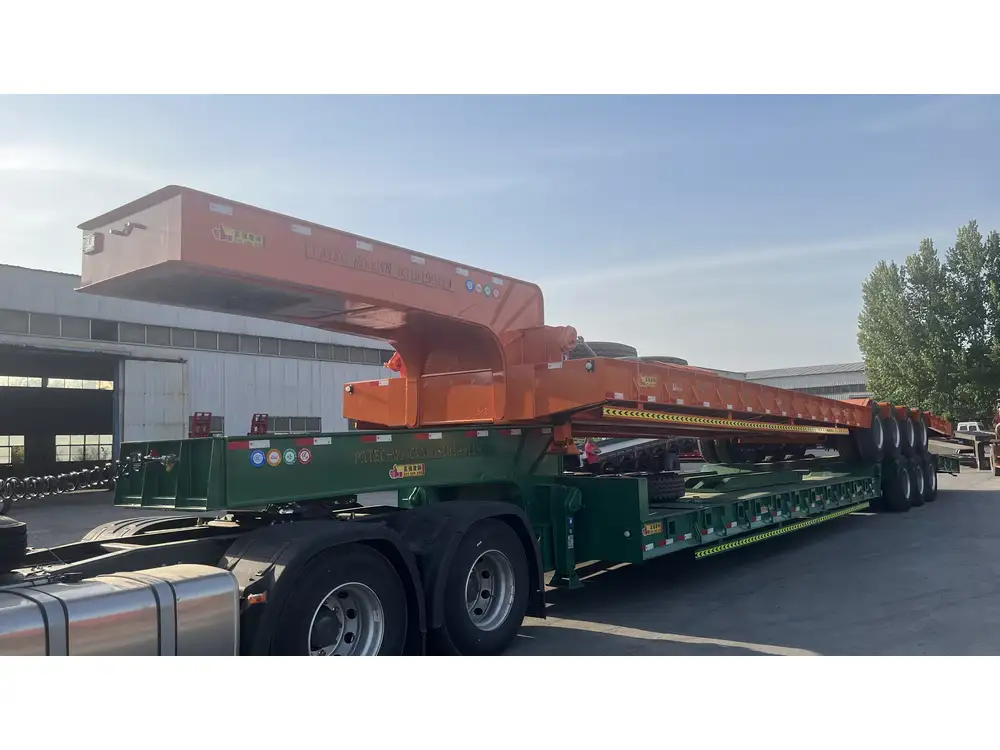


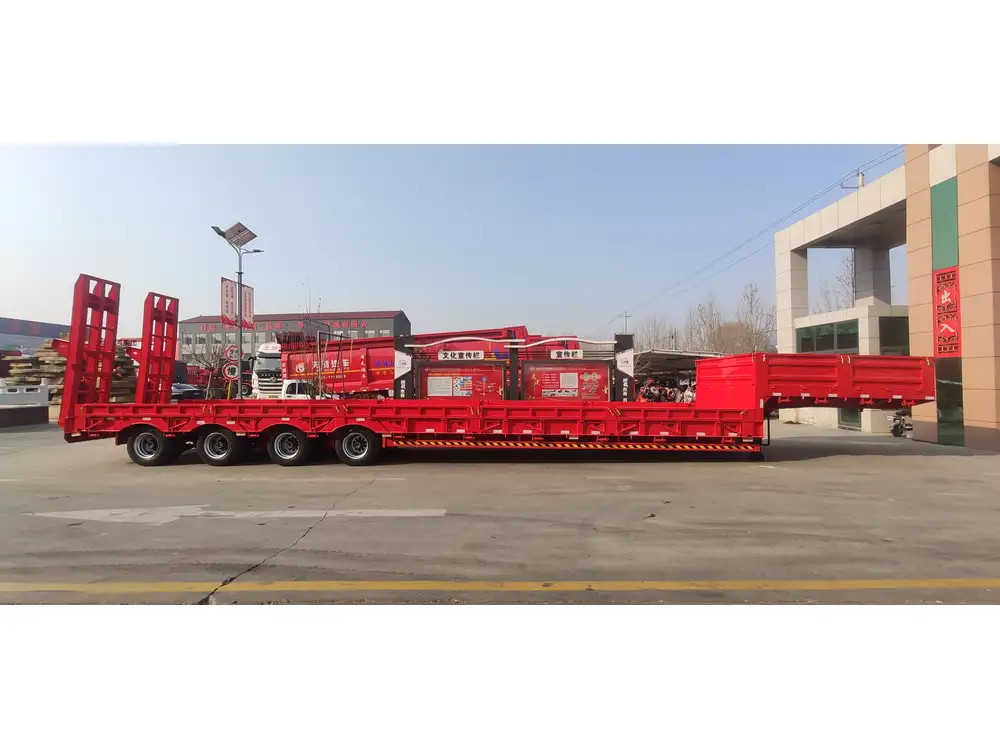

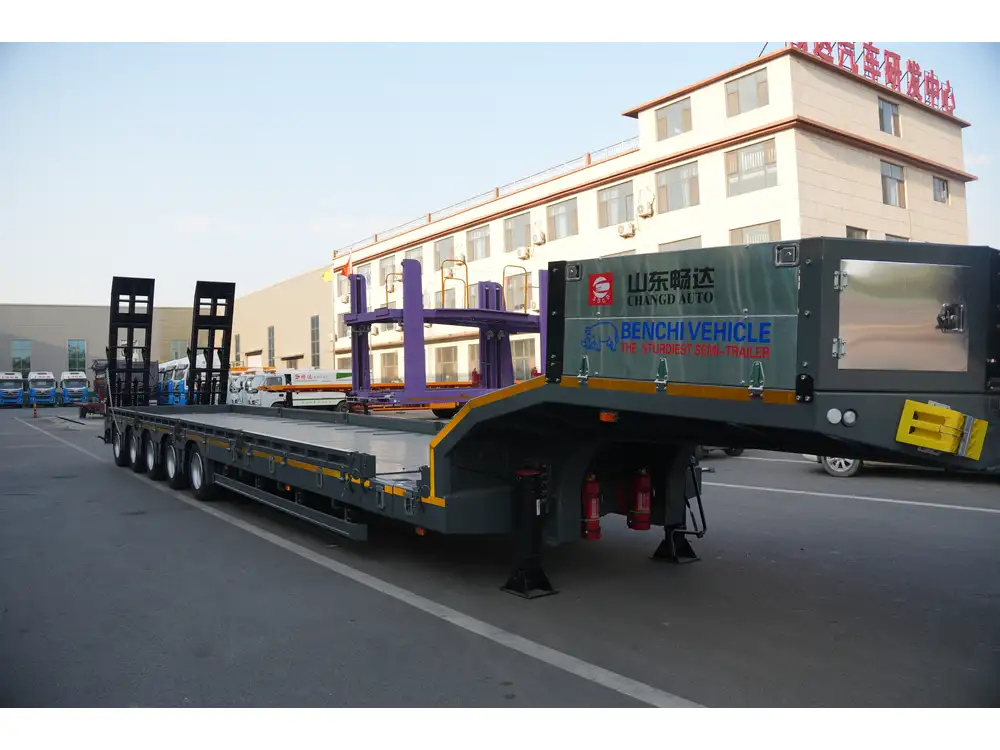
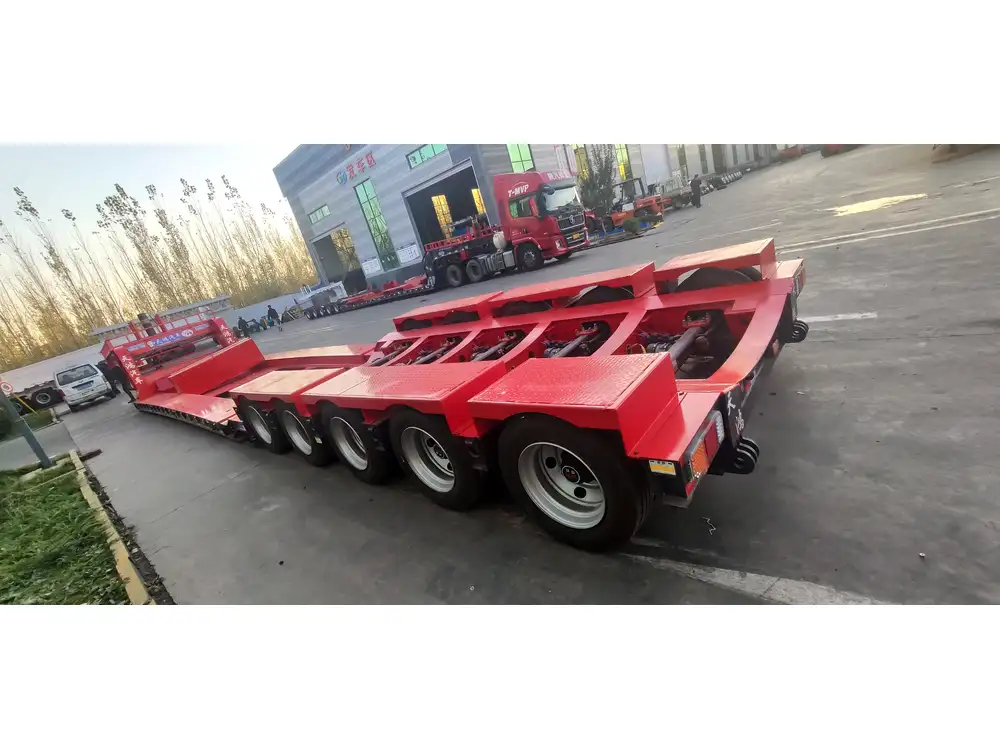
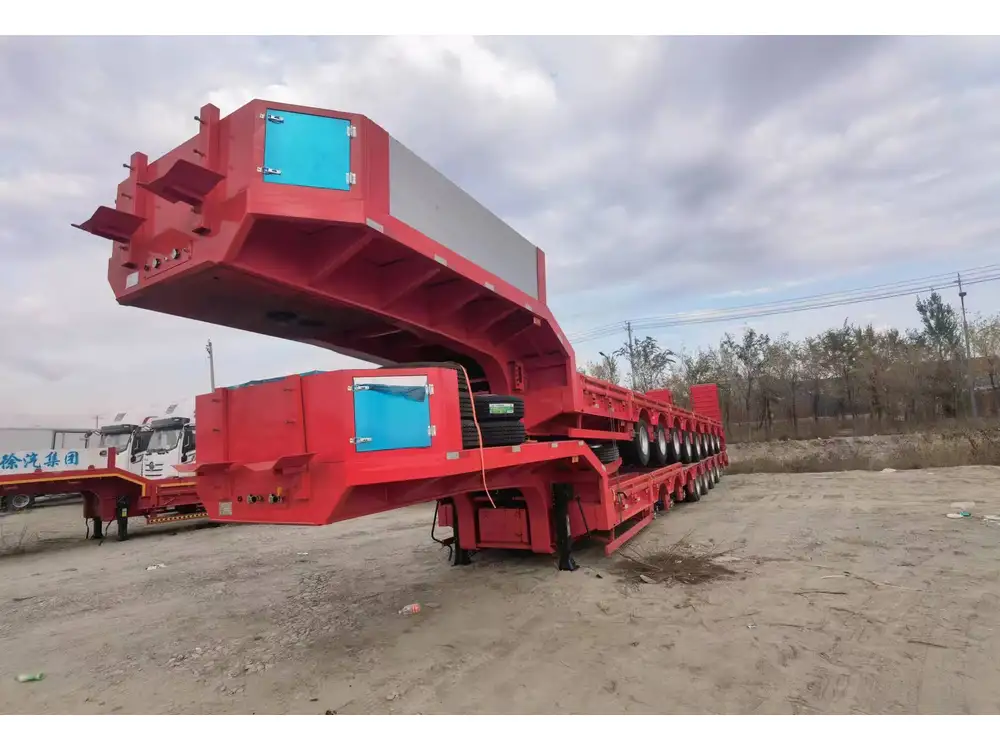
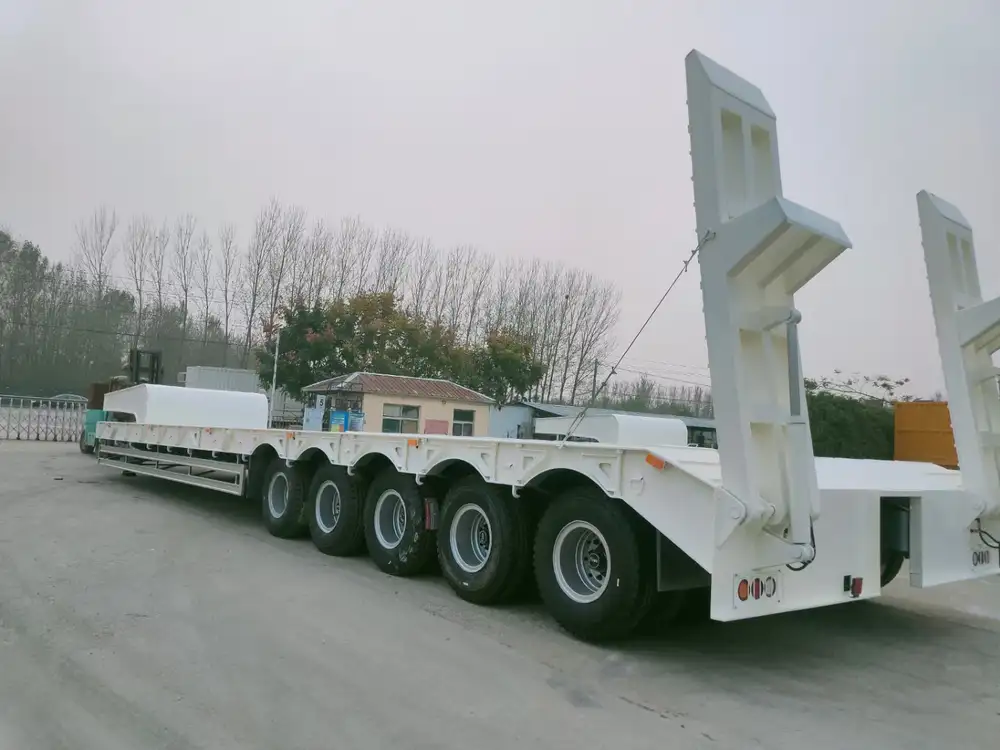


Reviews
There are no reviews yet.